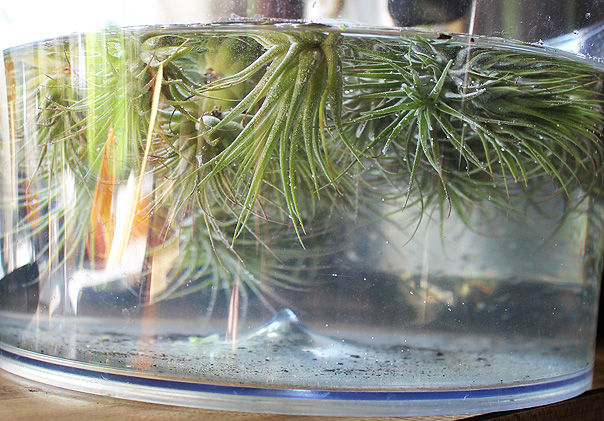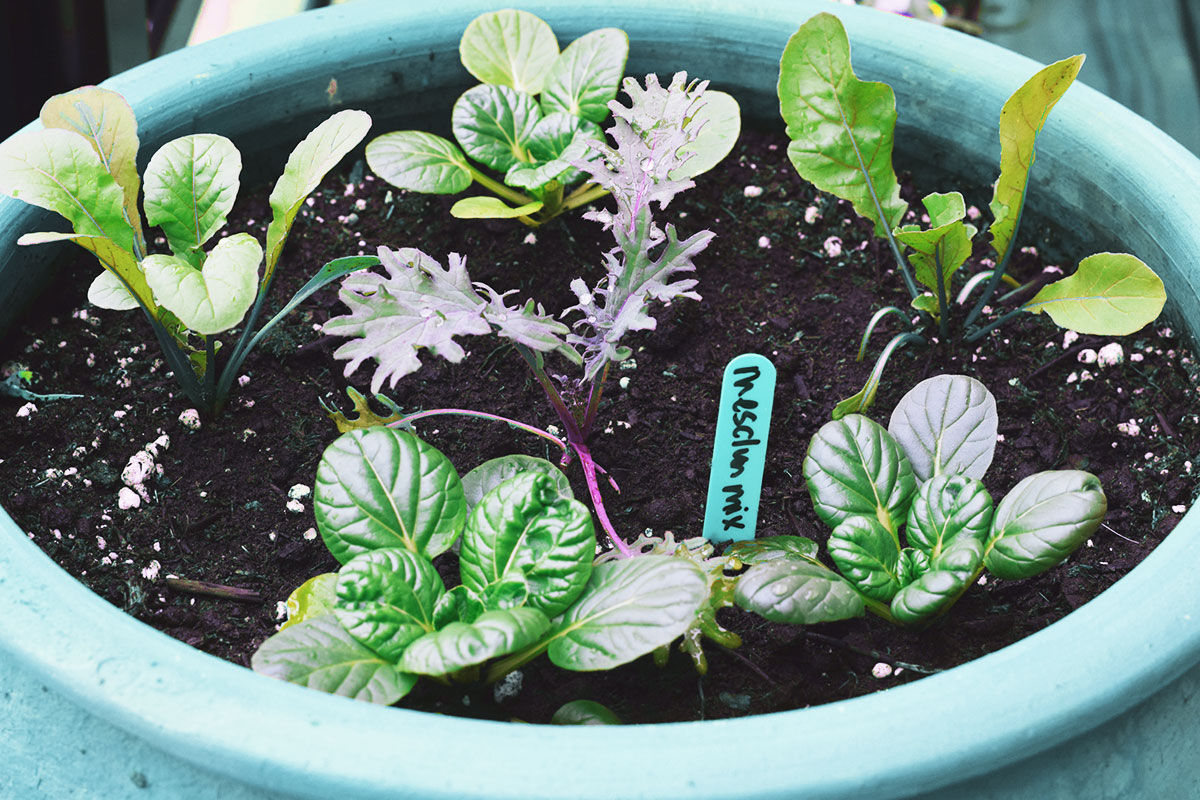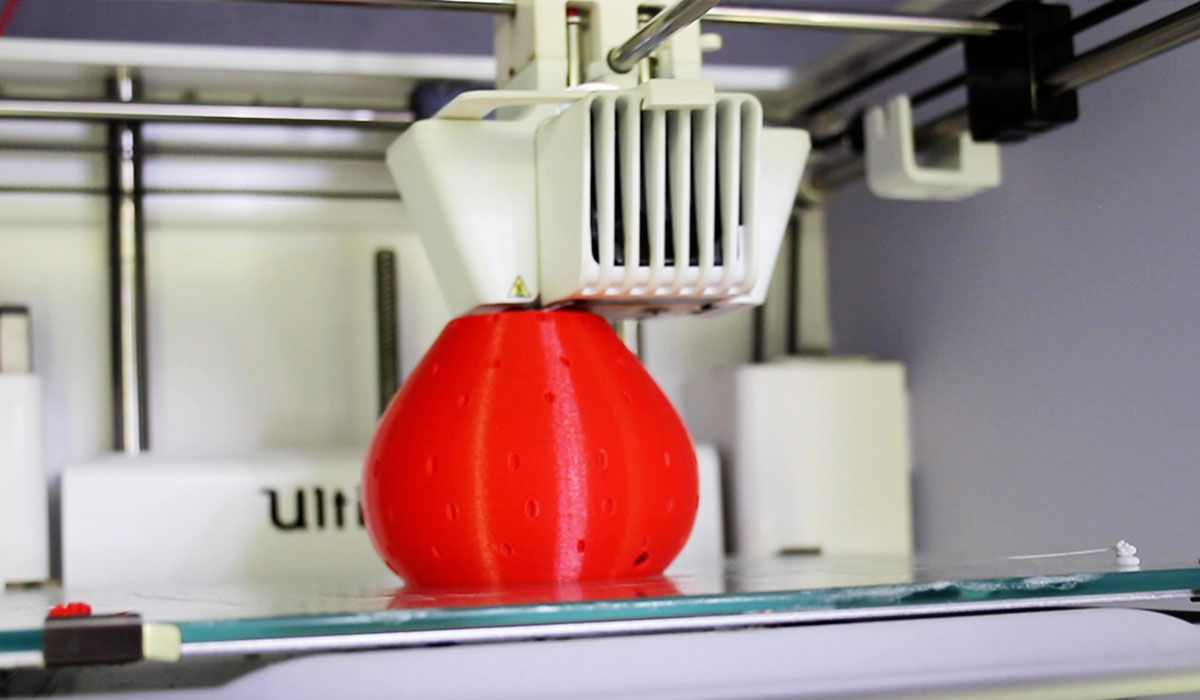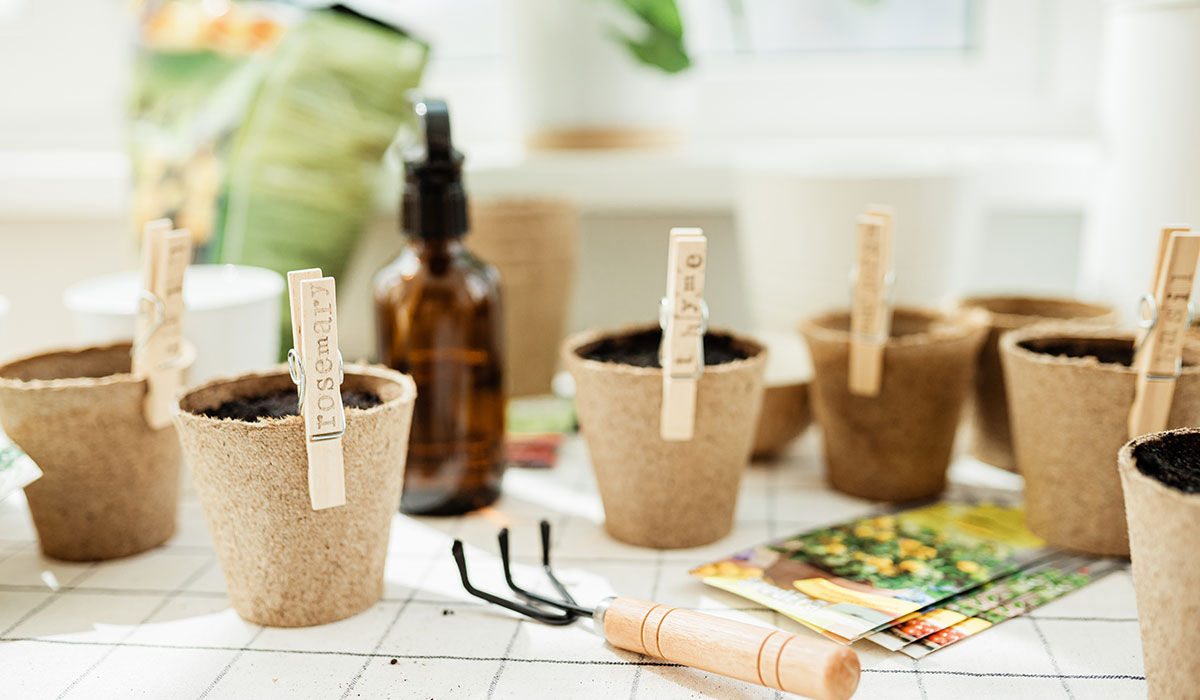Are air plants (aka tillandsia) easy to take care of? They are, as long as you follow a few rules (just like how gremlins can be cute and cuddly if you follow the rules!).
First, they need enough filtered sunlight or 12 hours of bright indoor lighting. The second rule is about water. But how can you water properly if everyone says different things and everyone’s growing environment is different?
Humidity

It mostly has to do with humidity. If your air plants are in a humid place, they require less watering. In the wild, air plants live on tree branches in tropical places like Florida, South America, and Central America. These places are naturally very humid, and the plant’s trichomes (little cups that look like hairs on the air plant’s leaves) pull the water out of the air and absorb their nutrients from the rain.
When grown indoors, air plants will still pull some water out of the air but they need a little bit more help. If its environment is more humid or more enclosed (like a terrarium), an air plant will need less watering. If an environment is dry or well-ventilated, an air plant will need more watering.
Still confused? Then look at your air plant’s leaves! If the leaves are brown at the tips, curling inwards, or feeling dry and crunchy, then your air plant needs watering.
Types of Water
The type of water is crucial to the health of an air plant! The chlorine in regular tap water will kill air plants, so it’s important to only use chlorine-free water.
Rainwater is the best water for tillandsia. In some states (like California), it’s illegal to collect rainwater, so be sure that you’re in a state or place where it’s not illegal before collecting. If you have a lot of plants to take care of, you can consider installing a rain barrel. Otherwise you can just put out a cup or jar during the next rainstorm for a little bit of rainwater to use for soaking.
Other types of water you can use is lake water, pond water, and non-chlorinated well water. Bottled water or filtered water is fine, but softened water or distilled water is not. You can also leave tap water out overnight; the chlorine will dissipate with time.
The temperature of the water is also important! Lukewarm or room temperature water is ideal; very hot or very cold water may damage the plants.

Watering
There are 2 main methods of watering: soaking and misting. A good soak is recommended for non-flowering plants and for plants that can be removed from their displays. If soaking cannot be done, heavy misting will keep the plant alive.
Soaking is the best way to revitalize and keep your air plant healthy. This provides all parts of your air plant with water and nutrients, and will perk up any air plant that needs moisture! If you only have one or two air plants, you can fill a bowl with your tillandsia-friendly water. Submerge your air plants in the water upside down, so the leaves are completely within the water. However, if your air plant has a flower, you have to be careful not to get the flower wet—this can lead to the flower rotting! If you have a lot of tillandsias, you can use your sink, bathtub, or even the bowl from a salad spinner! This salad spinner bowl is what I used in this photo, and I was able to fit a lot of air plants!

We recommend 10-20 minutes of soaking, but it’s perfectly fine to walk away for an hour or two. The important thing about soaking air plants is that they dry out thoroughly afterward. Once you’re ready for your air plants to come out from their soak, lift them out and gently shake off the excess water. Then place them somewhere with lots of air circulation to dry out within 4 hours. You can place them upside down on a paper towel or on a wire rack to dry. In general, soaking can be done once every week to 2 weeks.
Misting can be done in between soakings. Load up a misting bottle with water and mist heavily. You will want to see your air plant going from silver to green, red or pink (depending on its natural color), and water droplets sitting on the leaves. Try to get all parts of your air plant wet while you’re misting. Misting is also a good way to keep your flowering air plants happy without having to worry too much about accidentally soaking its flower.
Are there exceptions to the above watering rules? Actually…there are, but most people won’t have to worry about it. There is one type of tillandsia called tillandsia tectorum with very fuzzy leaves—these are actually huge trichomes! This particular plant only needs mistings and don’t need soakings at all.
What if…
- your air plants are in a terrarium or other enclosed container? You should remove the air plant and soak as recommended, and make sure to let dry outside of the container for 4 hours. Once the air plant is completely dry, you can return it to its terrarium or container.
- your air plant is glued to a display piece, like driftwood or chollah wood? If possible, try to submerge or at least dunk the air plant in water, shaking off as much excess water as possible. If it’s not possible, mist heavily.
- you’ve killed every plant you’ve ever owned and you don’t know if you can take care of an air plant? You’ll never know if you don’t try! We have air plants in stock that we can ship within the continental US, starting at $3.50.
If you follow the above watering rules, provide indirect sunlight, and allow the air plants to dry and air to circulate around the air plants, your air plants should do fine!
What problems do you have with your air plants? Do you have any watering tricks?
Some of the links in this blog post are affiliate links or store links. Purchasing anything from affiliate links costs nothing extra to you, but helps to support us. Thank you!






